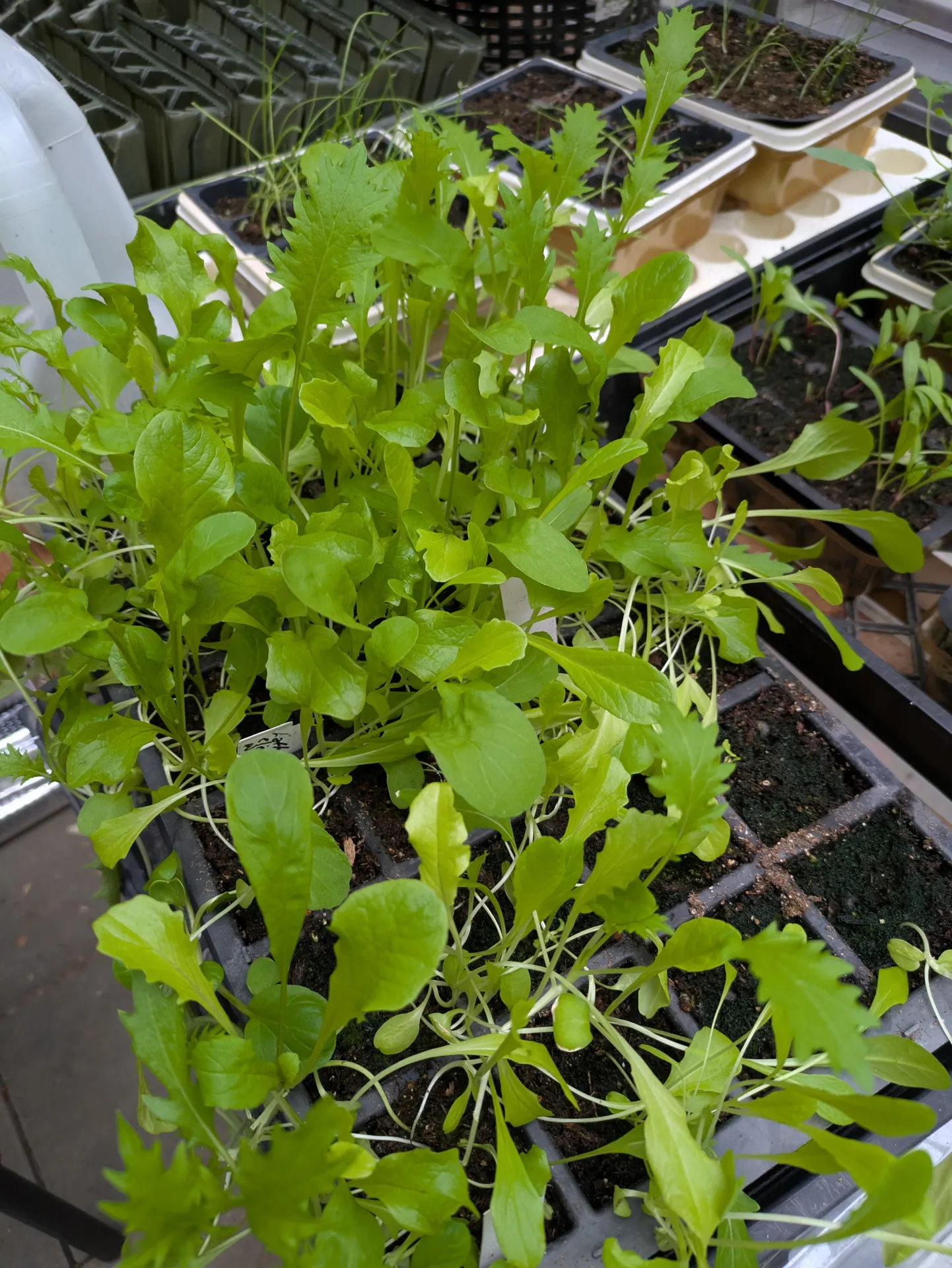No Need to Turn in your Trowel in Winter
Article by Patti Brantley
When summer vegetables fade, many people think gardening has to stop. In fact, the cooler months are an ideal time to grow leafy greens. Plants like lettuce, spinach, bok choy, and chard not only tolerate lower temperatures but also often taste better. Cooler weather slows bolting, and the leaves develop a sweeter, more tender flavor than they do in the heat of summer.
One of the best things about leafy greens is their versatility. They can be sown directly into garden beds, tucked into raised beds, or grown in pots on a sunny patio. Because they have shallow root systems, they don’t demand deep soil. Even a small container can provide a steady supply of fresh leaves. For gardeners short on space, this makes them a perfect choice.

Leafy greens are also fast. Many lettuces and spinach varieties can be ready for harvest in as little as 30 days after they sprout. Bok choy and other Asian greens grow at a similar pace. Chard, if you’ve never tried it, is another option worth considering. While it takes a little longer to mature, baby leaves can be picked in about a month, and full-size leaves follow in 50–60 days. Many lettuces are what we call “cut and come again,” as you can cut them for a salad and they will grow back. Chard keeps producing when you harvest the outer leaves, giving you a steady supply over a longer season. Planting small amounts every couple of weeks will also provide a continual harvest throughout the cooler months.
Care during the cooler months is straightforward. These crops need several hours of sun each day, so it helps to check that winter’s lower sun angle isn’t casting unexpected shade from fences or trees. Watering needs are a bit lighter than in summer, but winds can still dry out shallow soil, especially in containers. A thin layer of mulch helps hold in moisture and keeps roots insulated.
For those occasional frosty nights, a simple row cover can make all the difference. Lightweight fabric placed over the plants will trap heat, prevent frost damage, and extend the growing season by several weeks. It’s easy to remove on warmer days and reuse when the temperature dips again.
Harvesting is as flexible as planting. You can snip outer leaves and let the plants keep producing, or cut entire heads once they’ve reached size. Either way, leafy greens are generous crops, offering fresh, homegrown food through fall and winter with just a little care.
